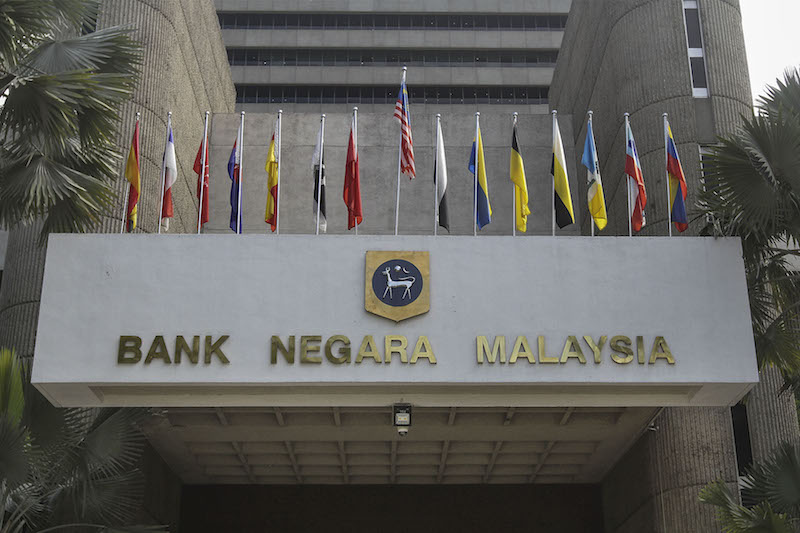KUALA LUMPUR, March 31 — Repayments by households in the banking system in the second half (H2) of 2020 — excluding credit cards — reached 93 per cent of levels seen in the previous year’s corresponding period, indicating that most have resume repayments, Bank Negara Malaysia (BNM) said.
The central bank said those earning less than RM3,000 monthly, however, remain stretched financially with low financial buffers and substantially higher leverage as highlighted in past publications.
Borrowers earning less than RM5,000 monthly also appear to show signs of financial stress as observed from the profile of households seeking repayment assistance.
“These borrowers are likely to face continued challenges in 2021 given an uneven recovery in the labour market.
“However, banks remain resilient against risks from the household sector even under scenarios of assumed higher unemployment and underemployment affecting more household borrowers,” it said in its Financial Stability Review—Second Half 2020 report.
BNM said repayment assistance programmes by banks and government relief measures continue to provide support to households in distress, easing their cashflow constraints as they recover from income shocks and staving off more severe damage to both the financial system and the economy.
It said the ability of banks to offer assistance to households at this unprecedented scale is enabled by their prudent build-up of buffers during good times.
Following the end of the automatic moratorium on loan repayments, banks have continued to offer more targeted assistance to those in need, it noted.
The central bank said as at December 2020, household loans covered under a repayment assistance plan amounted to 8.9 per cent of total household loan accounts, or 11.1 per cent of total outstanding household loan exposures.
Of these accounts, 59 per cent were under a loan moratorium, out of which 54 per cent were made up by borrowers earning less than RM5,000 monthly.
BNM said although repayment assistance is helping to temporarily support the debt-servicing capacity of borrowers, a recovery in income alongside a more entrenched resumption of economic activities would be key for financially stretched borrowers to maintain their debt-servicing capacity over the longer term.
It said with targeted repayment assistance measures that have remained in place, household impairments and delinquencies in the banking system only marginally increased after the end of the blanket auto-moratorium.
The central bank said banks have continued to actively engage borrowers, particularly those in the lower-income groups and in more-affected employment sectors such as hotels, restaurants, transportation, and construction, to provide repayment assistance aligned with borrowers’ financial circumstances.
It added that household asset quality is still expected to see some deterioration throughout 2021 but the credit losses materialising are projected to be within banks’ buffers. — Bernama



















